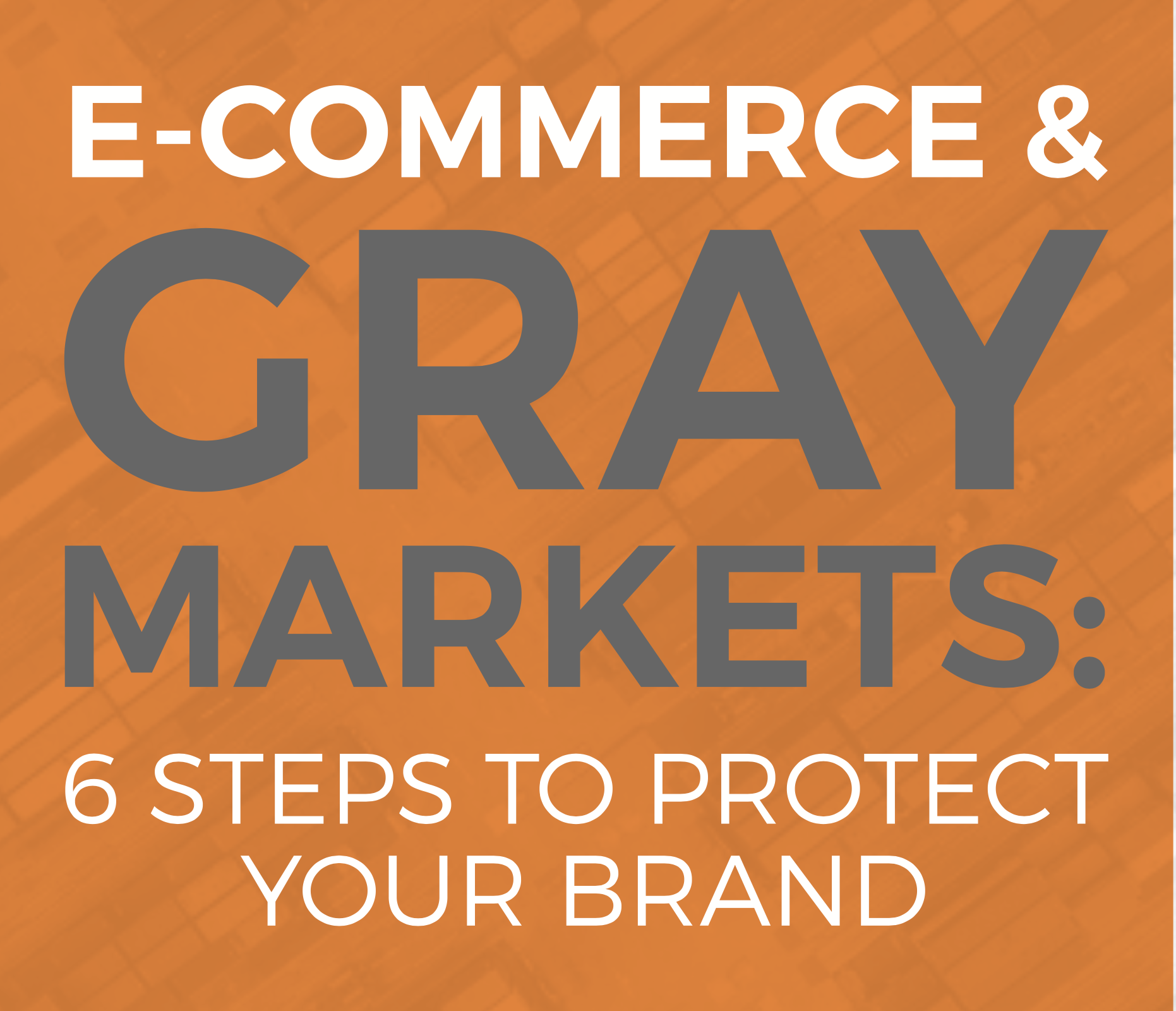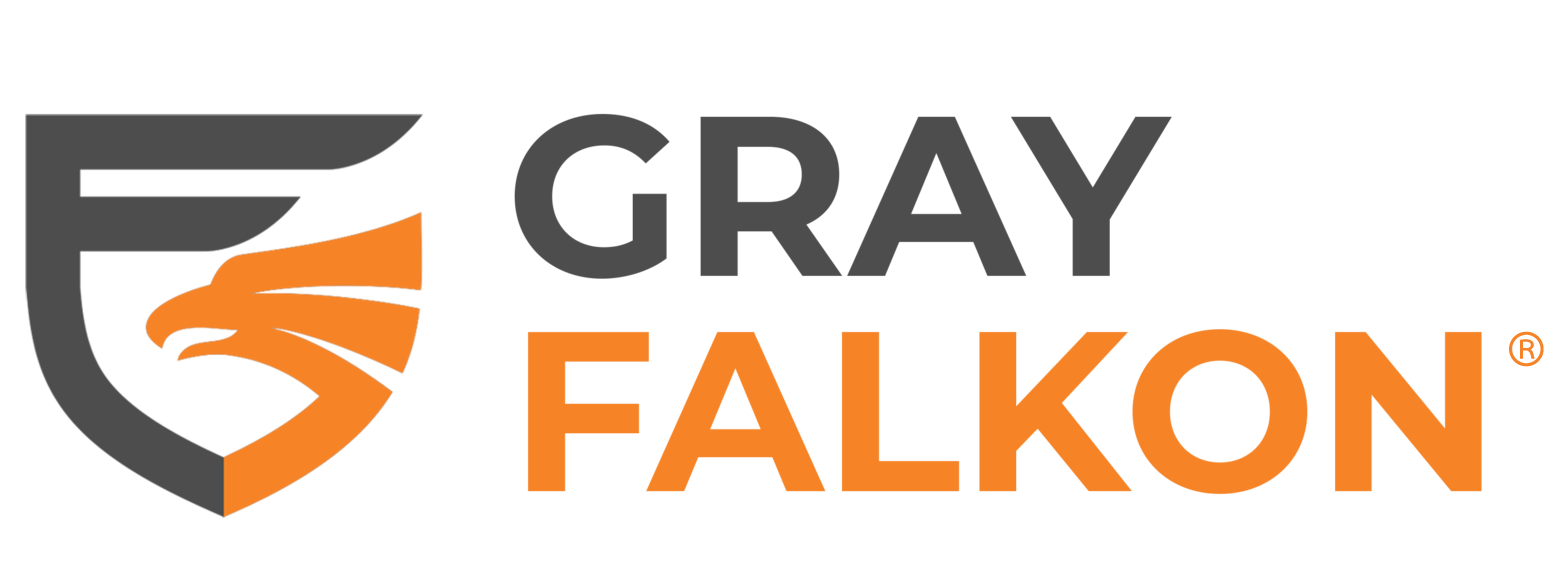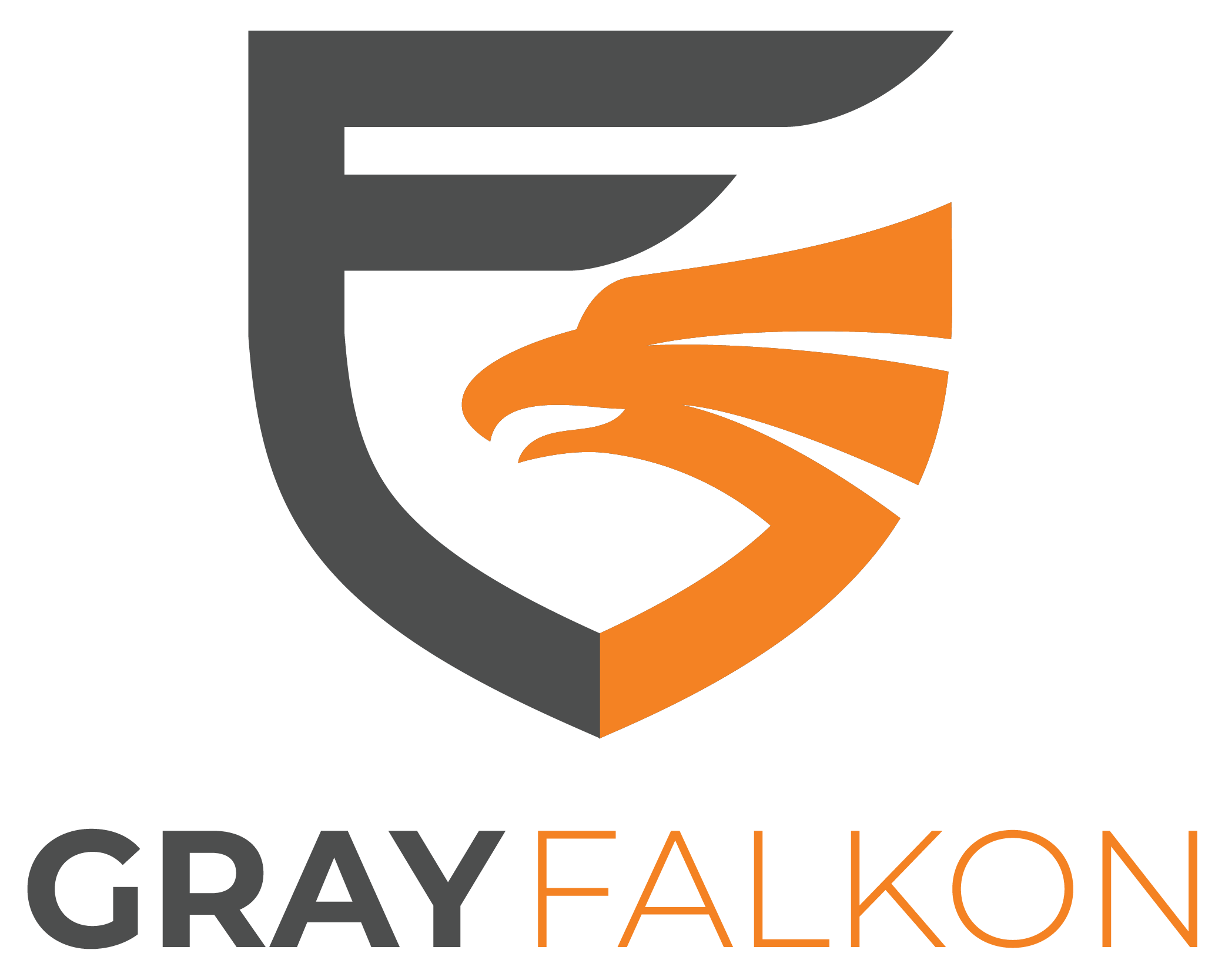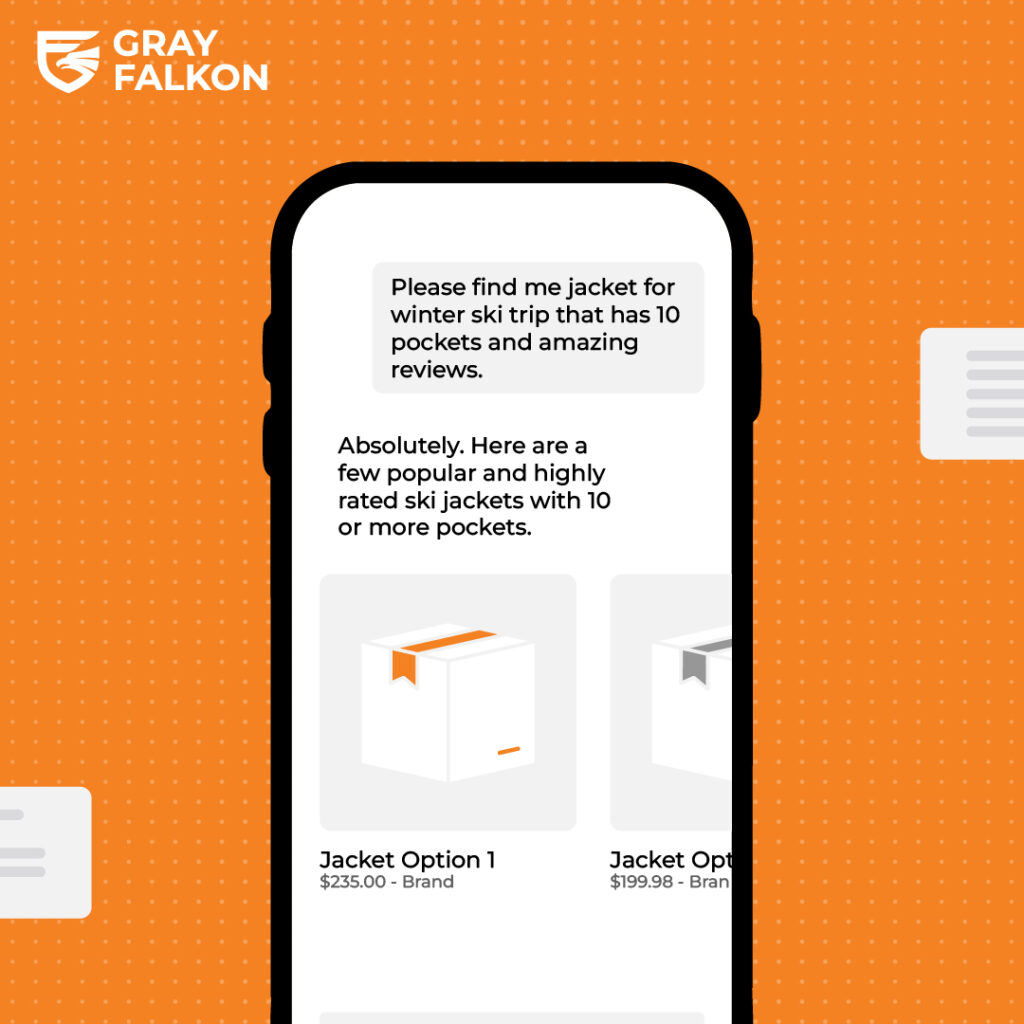
For brands selling on Amazon, many assume that enrolling in Brand Registry or building a polished Storefront is enough to maintain control. But despite those steps, one of the most persistent threats continues to slip through the cracks: unauthorized sellers.
Unlike counterfeiters, unauthorized sellers often deal in genuine products. But they sell without your knowledge, outside of your distribution agreements, and without any regard for how your brand is represented. The result? A confusing buying experience for customers, lost revenue for brands, and an uphill battle to maintain control over your listings.
So what is unauthorized selling, where these sellers come from, and how can brands protect themselves, especially on a platform as open and complex as Amazon?
What Is Unauthorized Selling on Amazon?
At its core, unauthorized selling refers to the practice of listing and selling branded products on Amazon without the brand’s approval. These sellers aren’t necessarily violating the law, and in most cases, they’re not distributing counterfeit goods. Instead, they’re offering authentic products, just without being part of the brand’s authorized sales network.
On Amazon, product listings are tied to ASINs (Amazon Standard Identification Numbers), not sellers. This means any seller who has access to your product can list it under your brand’s ASIN, even if they’ve never had a direct relationship with your company. They don’t need permission, proof of partnership, or any formal authorization to start selling.
To the customer, the distinction is often invisible. They might assume they’re buying from your brand directly, especially if the product content appears official. But behind the scenes, the seller fulfilling the order could be an unknown third party, operating entirely outside of your control.
Unauthorized sellers disrupt more than just sales, they introduce confusion, inconsistencies, and reputational risks that affect how your brand is perceived across the platform.
Where Unauthorized Sellers Get Inventory
Unauthorized sellers may not have your permission, but they often have your products, and that’s what makes them so difficult to stop. Most aren’t acquiring counterfeit items; they’re sourcing genuine goods through indirect or unregulated channels.
Here are a few of the most common sources:
Retail Arbitrage and Liquidation
Some sellers buy your products from brick-and-mortar stores, discount outlets, or liquidation resellers. They then flip these products on Amazon at competitive prices, taking advantage of Buy Box (Featured Offer) algorithms and brand equity they didn’t help build.
Overstock or Diverted Inventory
Unsold or excess inventory from distributors, retail partners, or even your own warehouse can end up in the hands of unauthorized sellers. Once it enters the secondary market, you lose all control over how it’s resold.
Gray Market Goods (Non-Authorized Channels)
Gray market sellers may acquire your products through leaks in your distribution network, buying from partners, retailers, or even other Amazon sellers. While the products are genuine, the path they take to Amazon violates your sales strategy and can damage your brand presence.
Returned Inventory and Holiday Returns
During peak seasons like Amazon Prime Day and Christmas, returns surge, and not all returned products go back to their original source. Some are routed to liquidators or secondary markets, where unauthorized sellers scoop them up and relist them as “new” or “like new.” These items may be damaged, incomplete, or repackaged, leading to customer complaints and brand risk.
Former Distributors or Partners
Intentionally or unintentionally, some former distributors or retail accounts might continue to sell your product on Amazon without authorization. In some cases, they’ll undercut your pricing or create duplicate listings, fracturing your presence on the platform and causing you to compete against yourself.
These channels are hard to police, and Amazon doesn’t prevent these sellers from listing your products, especially if what they’re offering is genuine. That’s why visibility into who’s selling your goods is essential to protecting your brand.
Why Unauthorized Selling Is a Problem for Brands
Unauthorized selling might not seem like a pressing issue at first, especially if the product being sold is authentic. But for brands focused on long-term marketplace success, these sellers introduce serious risks that go far beyond lost sales.
Loss of Control Over the Customer Experience
Unauthorized sellers don’t follow your fulfillment standards, product warranties or guarantees, customer service policies, or brand messaging. That means the customer might receive a product that’s poorly packaged, late, or missing components, reflecting poorly on your brand, not the seller.
Product Inconsistencies and Compliance Risks
Sellers working outside your authorized network may list old versions of your product, improperly labeled units, or repackaged returns. This leads to negative reviews, increased returns, and a spike in customer service issues, all of which can affect your Featured Offer (formerly Buy Box) share and overall brand perception.
Channel Conflict and Distribution Disruption
If you’re managing authorized reseller relationships or selective distribution strategies, unauthorized sellers can completely undermine them. They often undercut Minimum Advertised Price (MAP) pricing (if applicable) or saturate the Featured Offer, making it harder for legitimate partners to compete.
Customer Confusion
Customers typically don’t check which seller is fulfilling a product, they assume they’re buying from the brand itself. If they have a bad experience, they blame you. And when multiple sellers list on the same ASIN, the product page becomes a shared space you don’t fully control.
Unauthorized selling isn’t just an operational nuisance, it’s a threat to your brand equity, your customer trust, and your long-term eCommerce strategy.
Amazon’s Stance on Unauthorized Sellers
For brands dealing with unauthorized sellers, Amazon’s policies can feel frustratingly hands-off. While Amazon has made efforts to improve brand protection tools in recent years, the platform’s core philosophy remains: if the product is genuine and the listing meets basic standards, sellers are allowed to participate.
Amazon Allows Open Listing Access
Any seller who can source a product, whether through a wholesaler, a retail store, or a third party, can list that item under an existing ASIN if the brand is not gated. They don’t need approval from the brand, and Amazon doesn’t ask them to prove authorization.
Brand Registry Offers Tools, But Not Total Control
Enrolling in Amazon Brand Registry gives you access to enhanced reporting tools and content controls. You can submit violations for trademark misuse, copyright infringement, marketplace policy violations or incorrect listings. However, Brand Registry doesn’t stop unauthorized sellers from listing or selling your products.
Amazon’s Priority Is the Customer Experience
Unless a seller is offering counterfeit goods or violating marketplace policies, Amazon generally takes a neutral stance. The marketplace prioritizes low prices and fast delivery, factors often exploited by unauthorized sellers who can undercut legitimate channels.
Gating Is Limited and Difficult to Achieve
Some brands pursue Brand Gating on Amazon, which requires sellers to submit invoices or get approval before listing. But gating is reserved for select brands and categories, and it’s not guaranteed. Even with gating, workarounds exist.
Amazon offers tools to help, but it does not actively prevent unauthorized sellers from listing genuine products. That responsibility falls to the brand. That’s where Gray Falkon swoops in.
How Gray Falkon Helps Brands Respond
At Gray Falkon, we understand that unauthorized selling isn’t just a nuisance, it’s a growing threat that demands more than manual reporting and reactive tools. Our solution is designed specifically for brands that sell on Amazon and other major marketplaces, giving you the tools and insights needed to regain control.
Targeted Seller Engagement
Our AI-powered technology profiles every unauthorized seller, predicts their behavior and launches hyper-personalized campaigns designed to drive compliance and remove listings fast. can Amazon for unauthorized sellers, product listing inconsistencies, and gray market activity. This 24/7 visibility helps you detect violations early, before they disrupt your sales or harm your reputation.
AI-Driven Marketplace Engagement
Once unauthorized sellers are detected, our solution automates the preparation and submission of structured, marketplace-compliant reports. Our AI navigates complex eCommerce ecosystems to file, escalate, and resolve violations. While others send one report and wait, our automation adapts and persists until action is taken.. We don’t just discover the problems, we help solve them.
Dedicated Brand Success Manager
You’re not going it alone. A dedicated Brand Success Strategist works hand-in-hand with your team to design a strategy that removes bad actors, reclaims lost sales, and prevents future threats, tailored to your market dynamics.
Marketplace Brand Protection Portal
Our Marketplace Brand Protection Portal gives you and your team the tools to track results, spot trends and monitor the financial and brand impact of your protection strategy. With daily updates and platform-specific insights, you’ll always know where your brand stands and where risks are emerging.
Built for Marketplace-First Brands
Gray Falkon was purpose-built for brands that thrive on platforms like Amazon and Walmart. While tools like Brand Registry or Transparency can assist with IP and counterfeit protection, we deliver a complete protection strategy that works across listings, sellers, and platforms.
Unauthorized sellers may be hard to stop, but with the right partner, they’re not impossible to control.
Protect Your Brand From Unauthorized Sellers
Unauthorized selling is one of the most persistent challenges brands face on Amazon. These sellers often operate in plain sight, using your ASINs, your product images, and your hard-earned brand equity to make sales you never approved. While Amazon offers tools like Brand Registry and Transparency, they rely on you to do the heavy lifting. And by the time damage is done, it’s often too late to undo.
At Gray Falkon, we believe brand protection shouldn’t be reactive or exhausting. With AI-powered monitoring, automation-backed enforcement, and deep visibility into seller behavior, we help brands detect threats early and take action faster, before your reputation or revenue takes a hit.
Marketplace control isn’t about removing one bad seller. It’s about staying one step ahead of all of them. Schedule a demo today and see how we can help you protect your brand from unauthorized sellers.






